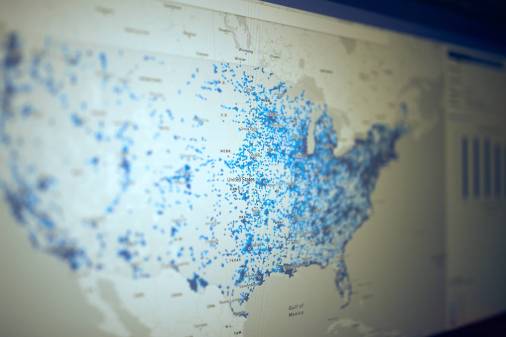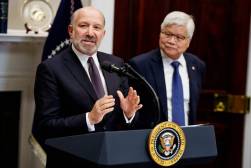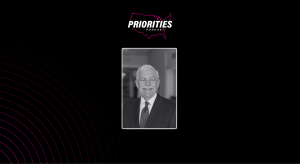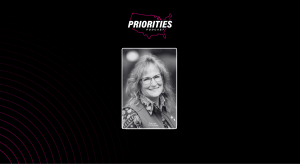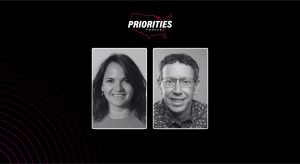Maryland’s ‘Goldilocks approach’ to broadband is saving the state millions
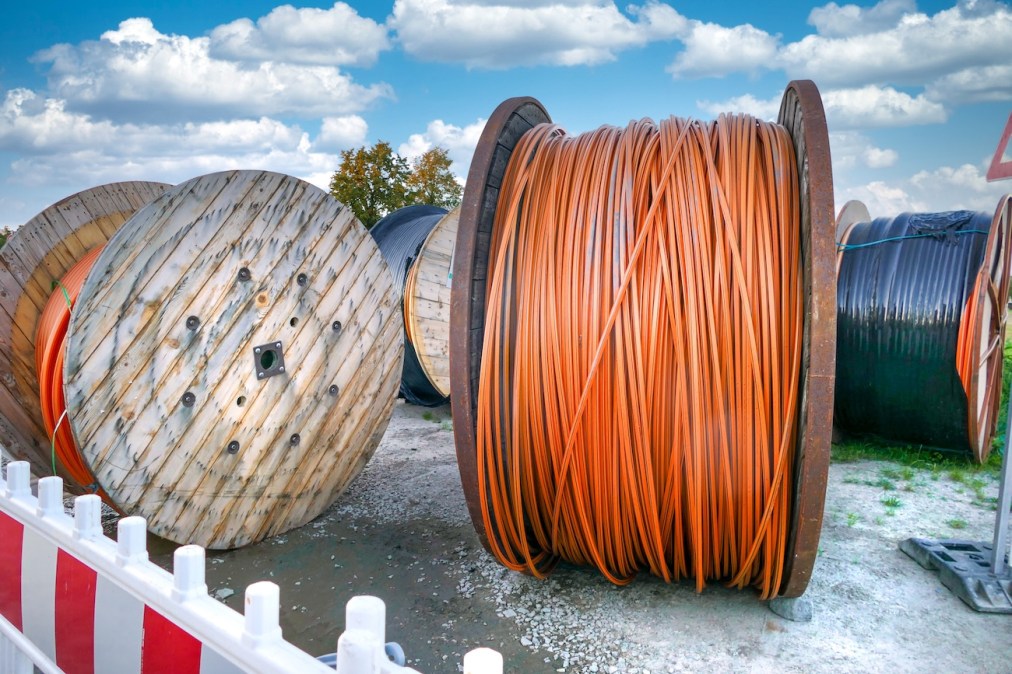
Maryland’s Digital Infrastructure Group, or DIG, hasn’t hosted its first official meeting yet, but the group’s work to coordinate broadband expansion among state and local agencies has already saved the state millions, partially thanks to taking what one state official called the “Goldilocks approach” to targeting investments.
The group, which was created by an executive order from Gov. Wes Moore in January, is led by Eric Bathras, Maryland’s chief technology officer of infrastructure . He told StateScoop that DIG’s first official meeting is scheduled for Nov. 13, but that over the last few months he’s worked with public and nonprofit partners to help a state member-owned broadband cooperative win a $250,000 grant to build 26 miles of fiber in Western Maryland. This will save the state nearly $4 million, he said, and fill a core objective of DIG, which is to use public-private partnerships and resource-sharing agreements to expand internet access.
Maryland’s Broadband Cooperative was established by state legislation around 2006, and as of last year it had 79 members, including internet service providers, government entities, health care providers, emergency management services and higher education institutions. It operates a middle-mile fiber network, that spans about 2,500 miles, that is shared by a number of providers and state entities, and the build is expected to benefit most members in some way by cutting costs.
“[The 26 additional miles] will provide us resiliency and an alternative route on our resource-share fiber out west. We’ve been constrained for years on that, it’s been very limited. We’re still using Lumen’s fiber that they built back in the late 90s, early 2000s out there,” Bathras said, noting that the lifespan of fiber optic cable is about 25-30 years. “It also is going to serve [community anchor institutions], and then for the cooperative, it also is going to allow their members to get closer to underserved areas in that region. We’re also going to be able to satisfy any transportation variables on that route for MDOT, and it’s going to get us closer to critical vertical assets.”
Bathras said this project embodies what he calls the “Goldilocks approach,” a strategy for expanding broadband infrastructure that serves multiple needs simultaneously, maximizing the value of a single investment by ensuring it benefits multiple sectors. To satisfy this approach, Bathras said the investment must address four key pillars: transportation, vertical assets, community anchor institutions and community needs, such as homes and businesses.
He said this approach is more effective at closing the digital divide than other, more narrowly focused federal programs, such as the Broadband Equity, Access, and Deployment, or BEAD, program, which primarily focuses on connecting homes and businesses while leaving other critical infrastructure needs underfunded. For example, he said, funding a project that includes improvements or expansions of vertical assets like wireless towers or utility poles, can also go on to benefit public safety and radio networks.
“This is really the approach that I wish the feds would take note of when they’re making investments at the federal level. [I wish they would] take into account this type of Goldilocks approach, because it’s a singular public investment that serves the broadest needs,” Bathras said.
As charged by Moore’s January executive order, another aspect of DIG’s work has been to build out state agency use of “Single View,” a centralized digital platform developed by Maryland’s digital infrastructure team that consolidates data and assets from state agencies. So far, at least 10 state agencies are using the platform, which provides a management system for tracking physical and IT assets that can help them identify opportunities to replace old infrastructure. It also offers tracking for resource-share agreements, asset ownership and use-capacity data.
“We’re really proud of it. It’s taken some work. We’ve had to also revise and update our resource share agreement with the [Maryland Broadband] co-op, but a $250,000 investment that normally would run the state or any organization, about $4 million to build — that’s what DIG is about,” Bathras said. “That’s what we’re looking to do, is centralize the dialogue, coordinate planning, identify gaps and shared needs, and then ultimately be able to take action and implement broadband expansion.”
